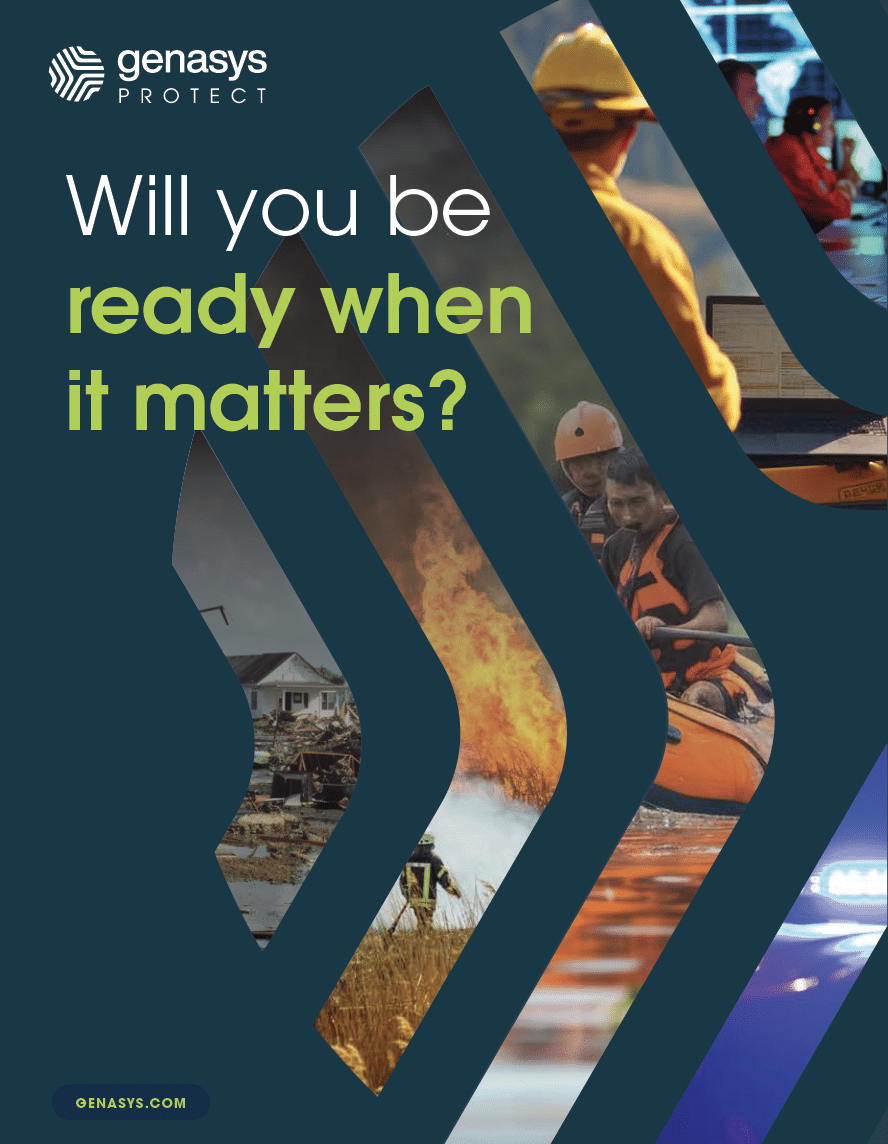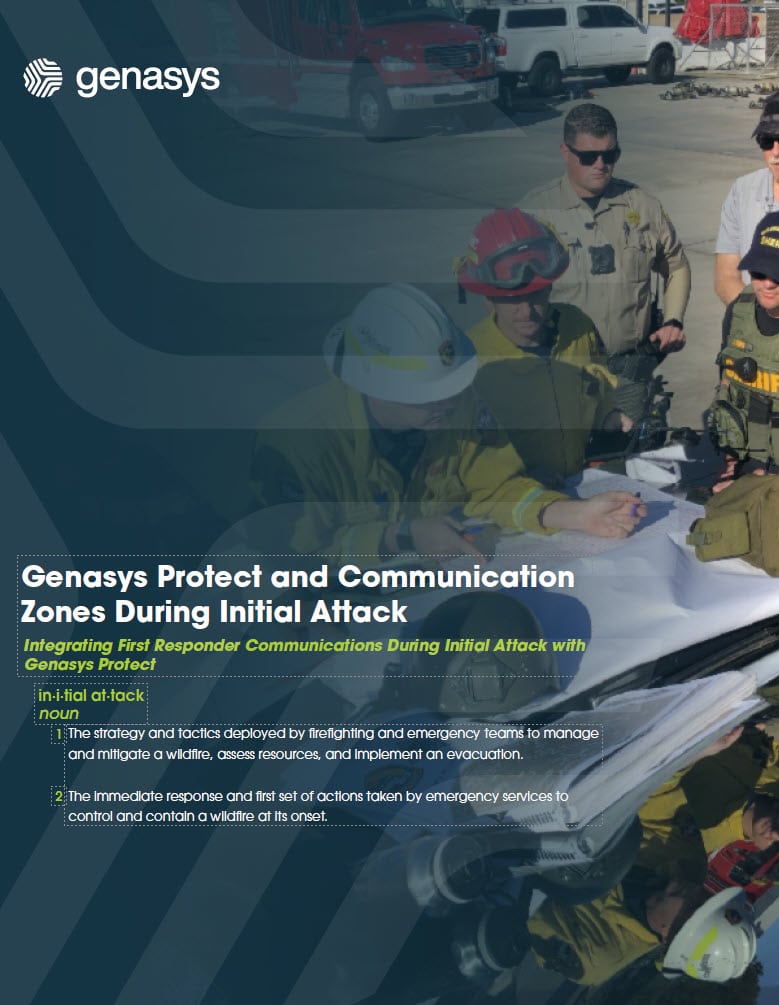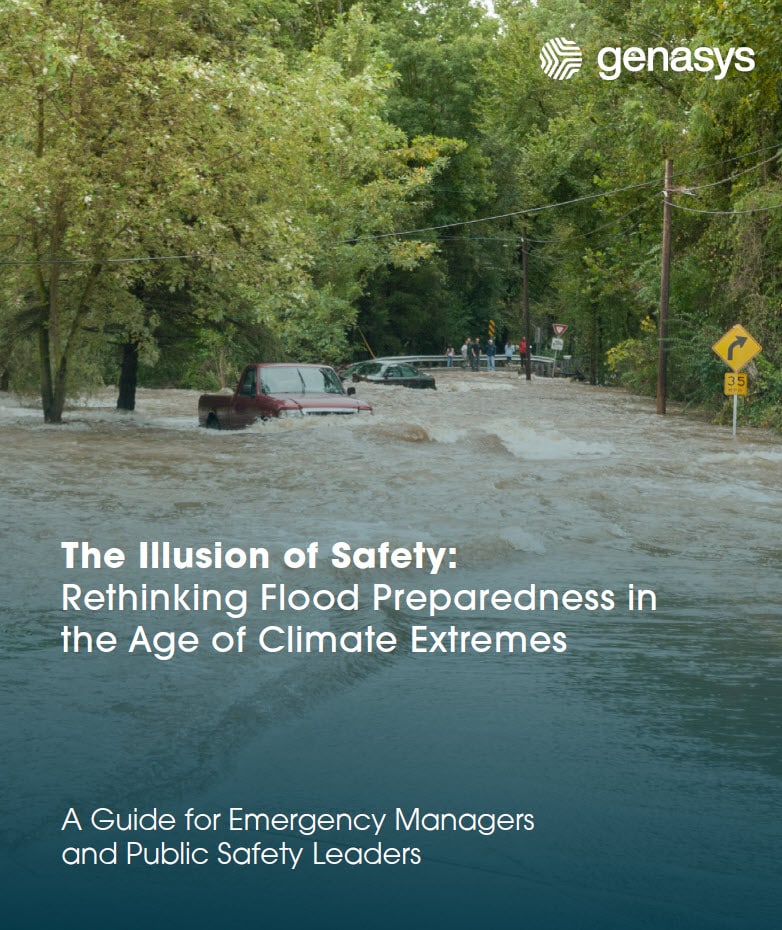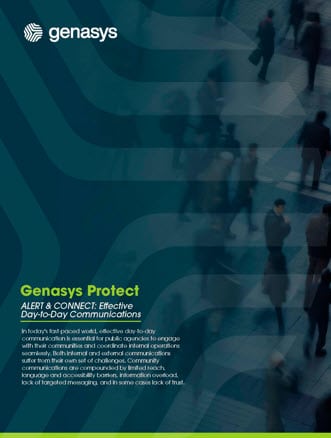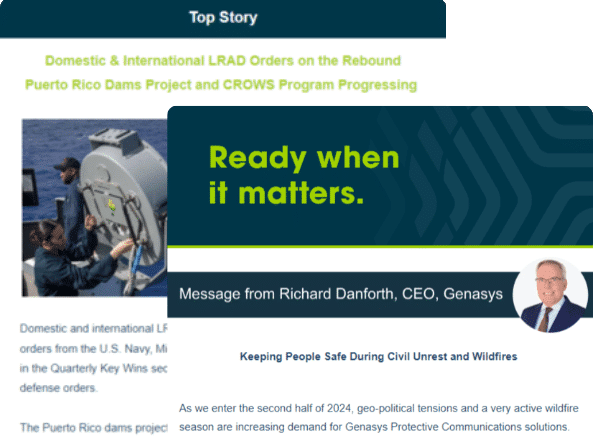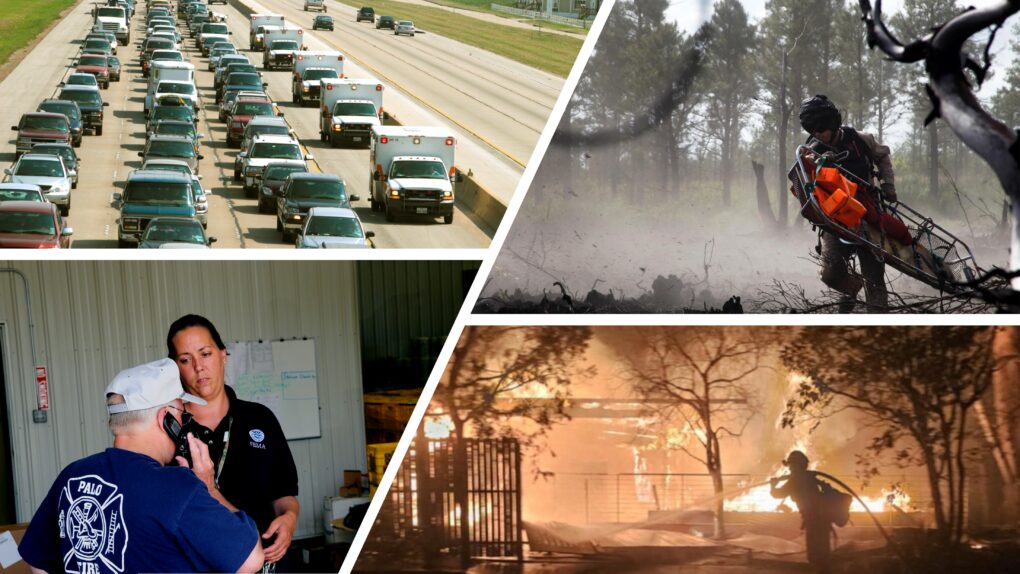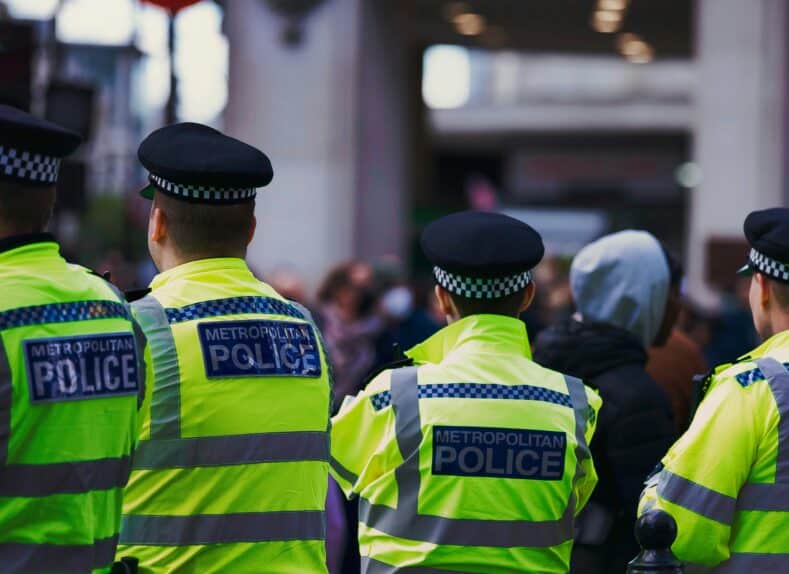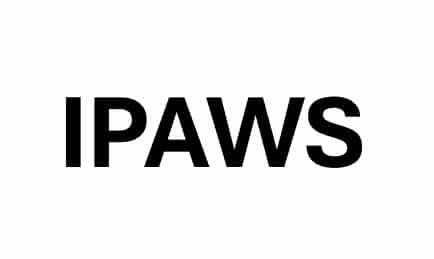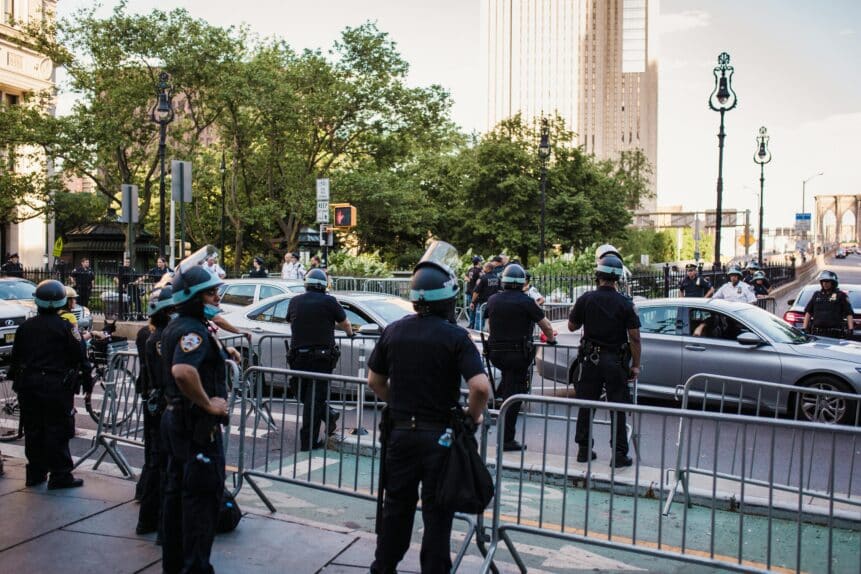Effective communication lies at the heart of any successful endeavor, and in the realm of public safety, it becomes absolutely imperative. Policing, as a cornerstone of public safety, hinges on robust communication networks to swiftly respond to emergencies, ensure community engagement, and maintain law and order.
Current Challenges in Existing Communication Systems
- Fragmented Platforms: Many law enforcement agencies use disparate communication platforms that do not seamlessly integrate. This fragmentation can lead to delays, miscommunication, and information gaps.
- Limited Data Sharing: Some current systems restrict the sharing of critical data across agencies and jurisdictions. This lack of interoperability hampers efforts to address crime and emergencies holistically.
- Lack of Modernization: Outdated communication systems hinder the integration of new technologies. These technologies, such as real-time analytics and predictive policing, can significantly enhance law enforcement efforts.
Existing solutions in Technological Advancements
- Interoperable Platforms: Invest in communication platforms that allow seamless information exchange among different agencies. Integration ensures that all relevant parties are on the same page during emergencies.
- Data Sharing Protocols: Establish standardized protocols for data sharing to ensure consistent and secure information flow between agencies. This will facilitate collaborative efforts to combat crime effectively.
- Modern Technology Integration: Embrace modern communication technologies, such as AI-powered analytics and predictive modeling. These tools enhance proactive policing strategies and enable informed decision-making.
The Power of Improved Policing Communications
- Rapid Emergency Response: Efficient communication networks enable law enforcement officers to respond promptly to emergencies. With real-time information sharing, police can assess situations faster, allocate resources more effectively, and minimize potential risks.
- Community Trust and Engagement: Open and transparent communication between the police and the community fosters trust and cooperation. Engaging with residents through various communication channels helps bridge gaps, leading to a safer and more supportive environment.
- Interagency Collaboration: Effective policing often requires collaboration with other public safety agencies. Enhanced communication systems enable seamless sharing of information and resources between different agencies, leading to coordinated efforts in complex situations.
Improving policing communications is not a luxury but a necessity for ensuring public safety in our communities. By addressing the shortcomings of current communication systems and embracing technological advancements, law enforcement agencies can create a safer, more engaged, and better-connected environment. A commitment to open, transparent, and effective communication will undoubtedly strengthen the bond between law enforcement and the public, leading to a more secure and harmonious society for all.



